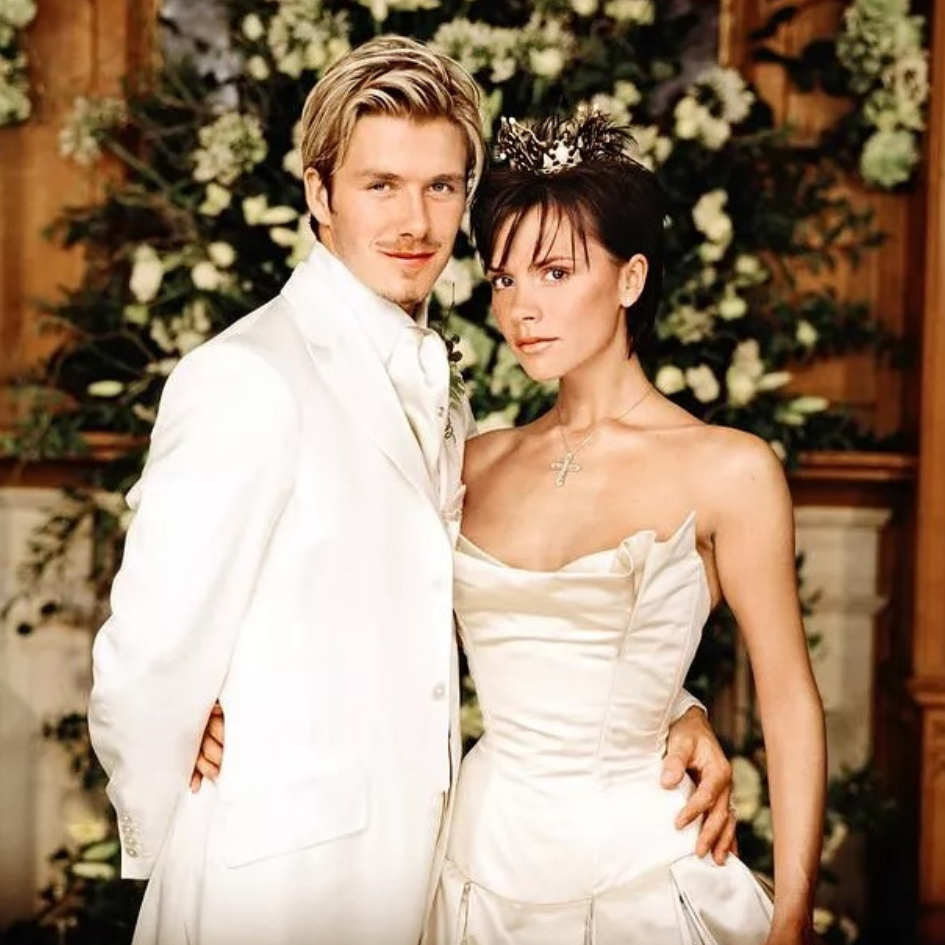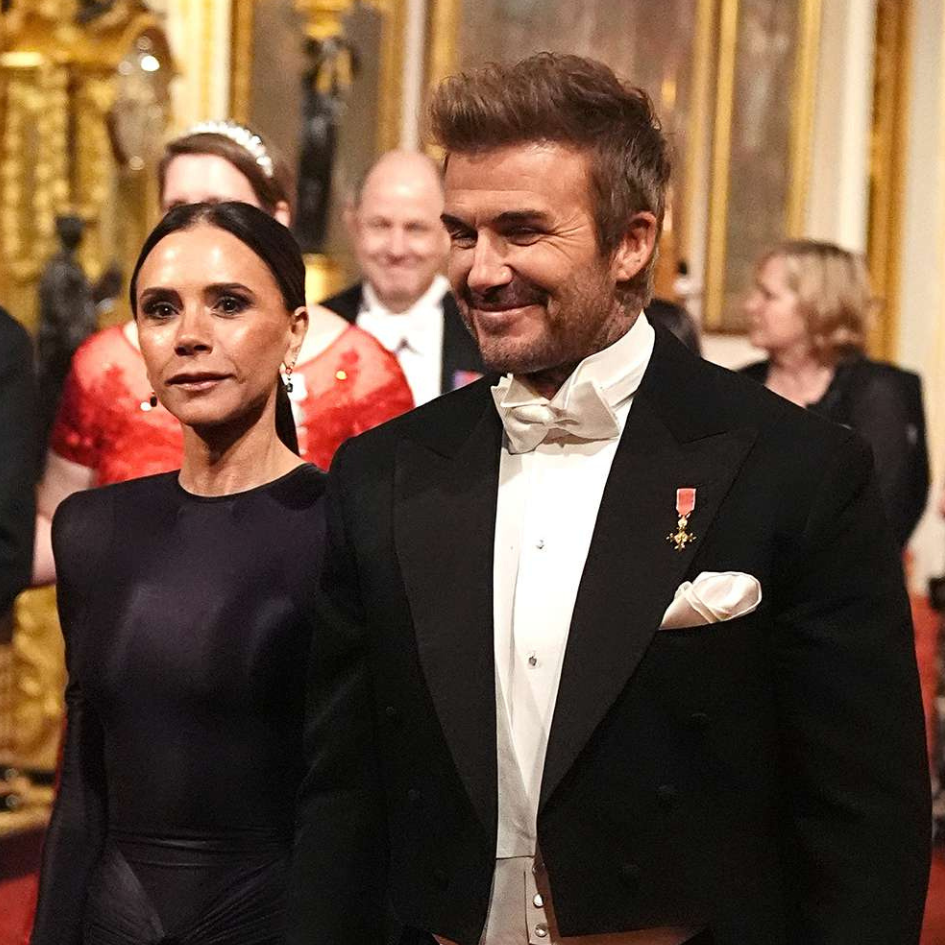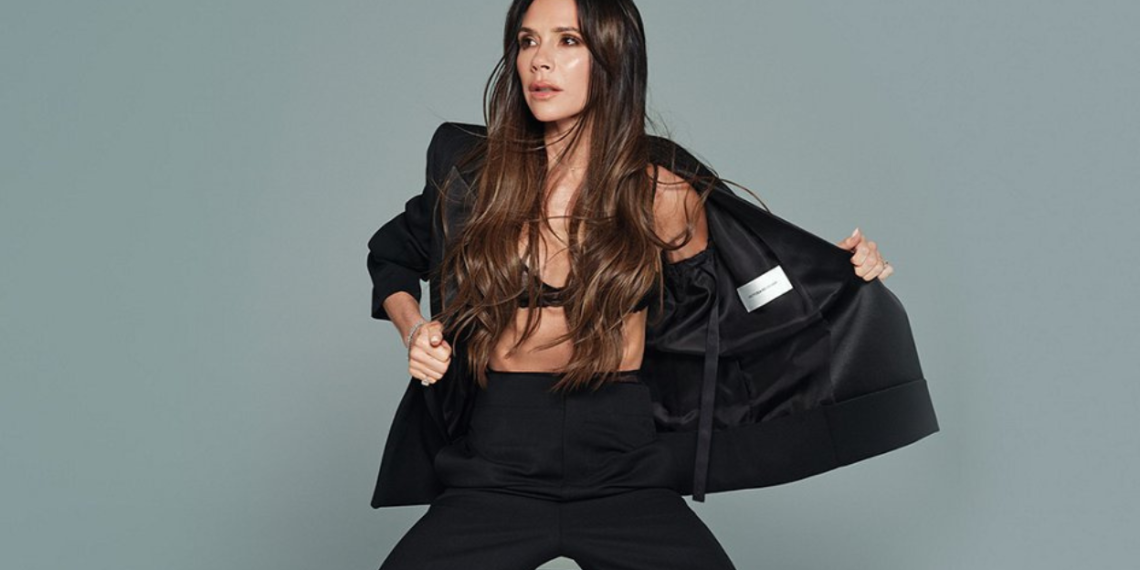Victoria Beckham – British singer, designer, and businesswoman – first captured the public’s imagination in the 1990s as a member of the Spice Girls. The group’s debut album, Spice, and the breakout hit “Wannabe” catapulted them to international fame. Among fans, Victoria stood out as the polished, reserved one, soon earning the nickname Posh Spice – a moniker that, in British slang, signifies elegance, exclusivity, and understated luxury. “I wasn’t the best singer or the best dancer in the Spice Girls – but I knew how to build an image that made an impact.” After the group disbanded and Victoria released her solo album in 2001, the persona of Posh Spice didn’t fade – it evolved. It became a fashion archetype: a subtle rebellion against flashy glamour and empty noise. Unlike other celebrities trying to appeal to everyone, Victoria shaped a new narrative of femininity – one rooted in restraint, quiet strength, and refined rebellion.

The Elegance of Silence
More than just a look, the Posh Spice aesthetic is a philosophy. It is built on restraint. Victoria rarely smiled in public, on stage or the red carpet – and still doesn’t. But her composed demeanor projected not coldness, but quiet confidence and emotional stamina. There was no need for scandal. While other stars were building brands with loud laughter, wild romances, and provocative outfits, Victoria stood apart – thoughtful, composed, and a little untouchable. When asked why she often chose silence over statements, her answer was simple: her clothing speaks for her. “Style is a form of expression – it communicates your stance. If your look already says everything, words become unnecessary.”

A Wound That Shaped a Persona
Victoria’s graceful composure has roots in a more vulnerable chapter – her childhood. Born Victoria Caroline Adams on April 17, 1974, she grew up in a well-off English household. Her father owned an electronics business, and her mother was a dance teacher-turned- homemaker. With a luxurious home, a Rolls-Royce, and even a swimming pool, the Adams children lacked nothing – except, at times, belonging. “Other kids took the bus to school. I arrived in a Rolls-Royce. I felt like an outsider – and they let me know it.” The teasing and social alienation led young Victoria to withdraw. In that silence, however, she found space to cultivate self-awareness and, eventually, style. Fashion became her language. Dressing with intent became a way to communicate with a world that didn’t quite understand her. Her parents enrolled her in the prestigious Laine Theatre Arts academy, where she studied ballet and other dance forms. That training instilled in her the grace, posture, and poise that would later define her public presence.

A Love Story Written on a Train Ticket
Victoria met football icon David Beckham in 1997 at a Manchester United lounge. She was still with the Spice Girls; he was already a rising superstar. What’s remarkable? David had already predicted their love story a year earlier when he saw her on TV: “That girl is going to be my wife.” Their second encounter was fatefully cinematic. They spoke for an hour straight. Before leaving, Victoria scribbled her number on a train ticket and handed it to him. David still keeps it – a token of the beginning of a lifelong romance. “That ticket is a symbol of our story,” he once said. They got engaged in January 1998 and married the following July in Ireland’s Luttrellstown Castle. Victoria wore a Vera Wang gown and a golden crown, attended by their four-month-old son Brooklyn. She took her husband’s surname, becoming Victoria Beckham. In 2025, they celebrate their 26th anniversary. According to them, the secret is simple: understanding, support, and teamwork.

From Pop Stardom to the Runway
In2008, Victorialaunched her eponymous fashion label – Victoria Beckham – defined by minimalist aesthetics, precision tailoring, and luxurious craftsmanship. Her first collection included just ten dresses, yet critics were stunned:“Victoria Beckham’s woman is strong, sincere, and captivating – she doesn’t demand attention, she commands it.” Many were skeptical at first. Could a former pop star truly make it in the notoriously elitist fashion world? But Victoria didn’t just prove them wrong – she rewrote the narrative. In 2011 and again in 2014, she was named Designer of the Year at the British Fashion Awards. In 2017, she joined The Business of Fashion’s BoF 500, and in 2018 she won Womenswear Designer of the Year. She made it clear: this wasn’t a vanity project – it was a mission. “I don’t design clothes to transform women. I design clothes that help women express who they already are – with confidence.” Today, her collections appear regularly at London and New York Fashion Weeks. Her designs grace the pages of Vogue and InStyle, and her celebrity clients include Jennifer Lopez, Beyoncé, Kim Kardashian, Selena Gomez, Kate Winslet, Naomi Campbell, Lady Gaga, Cameron Diaz, Gwyneth Paltrow, and Meghan Markle. What began as a womenswear label now encompasses handbags (since 2013), accessories (2014), shoes (2016), and a beauty line launched in 2019 – Victoria Beckham Beauty.

Royal Connections, Real Friendships
TheBeckhams have a long-standingfriendship with the British royal family. Over the years, they’ve bonded with Prince William and Prince Harry – sharing a love of football – and have also grown close to King Charles III, with whom they share a fondness for gardening. David Beckham was awarded the OBE (Order of the British Empire) in 2003 for his contribution to football. Victoria received the same honor in 2017 for her role in advancing British fashion. They were invited to both of the most recent royal weddings: Prince William and Kate Middleton’s in 2011 and Prince Harry and Meghan Markle’s in 2018.

A Symbol of the Modern Emancipated Woman
Victoria Beckham’sinfluencenow reaches far beyond the runway. Her aesthetic – clean, composed, powerful – lives not only in fashion but in politics, education, cinema, and social media. Wherever strong, self-aware women are forging paths, her spirit is there. She is a symbol of the modern emancipated woman: hardworking, eloquent in silence, and driven by substance over spectacle.
Text: Tatuli Gvinianidze






